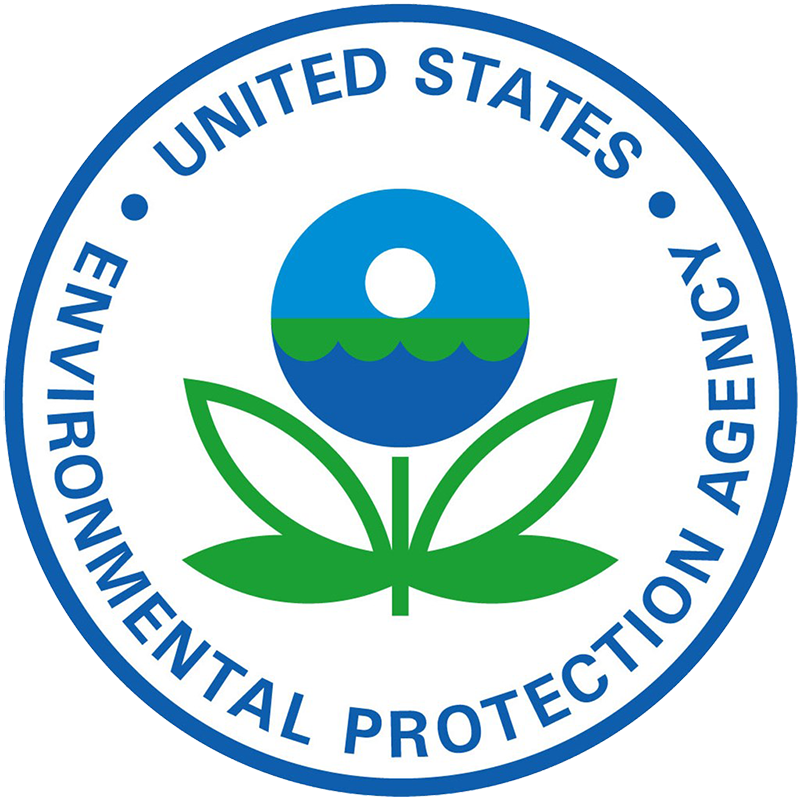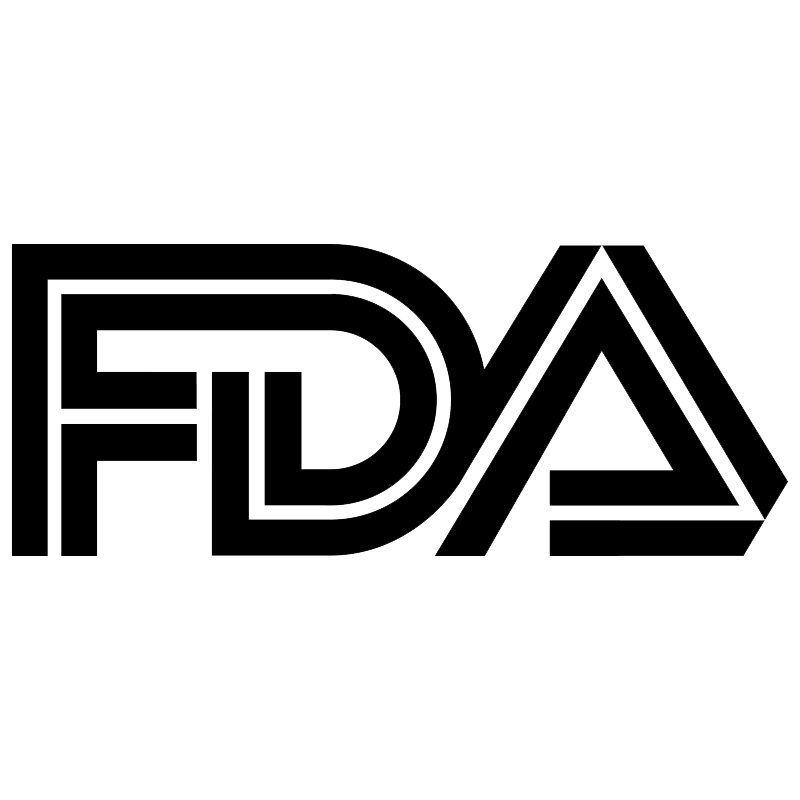| Disinfectant |
Description |
Advantages |
Limitation |
| Chlorine |
Used in a gaseous state, requires strictest safety measures |
- Efficient oxidant and disinfectant
- Efficiently eliminates tastes and odors
- Featured with aftereffect
- Capable of controlling the growth of algae, biological slimes and microorganisms
- Decomposes organic contaminants (phenols…)
- Iron and magnesium oxidant. Decomposes hydrogen sulfide, cyanides, ammonium and other nitrogen compounds
|
- Strict requirements for transportation and storage
- Potential danger for health in case of a leak. Formation of disinfection byproducts, such as chloroform. The MAC in water will be increased in the near future from 60 mkg/l up to 60 mg/l because there was no proof of direct action of the chloroform on DNA.
|
CHLORINE – CONTAINING SUBSTANCES
|
| Hypochlorite |
Used in liquid and granulated forms (trade concentration – 10-20%), can be obtained on site, electrochemically |
- Effective against most of pathogene microorganisms
- Relatively safe during storage and use
- When on-site generated, does not require transportation and storage of chemicals
|
- Ineffective against cysts (Giardia, Cryptosporidium)
- Loses its activity during long-term storage
- Potential danger of gaseous chlorine emission during storage
- Forms trihalomethane. When on-site generated, requires either immediate use or, in case of storage, special measures to purify the initial water from heavy metals ions. When on-site generated, NaCIO solution with the active chlorine concentration less than 450 mg/l does not form chlorates during storage
|
| Chlorine dioxide |
On-site generation only. The most effective disinfectant and strongest oxidation agent among all chlorine-containing ones |
- Operates in low doses
- Does not form chloramines
- Does not facilitate trihalomethane formation
- Destroys phenols – source of unpleasant taste and odor
- Effective oxidant and disinfectant for all types of microorganisms, including cysts, (Giardia, Cryptosporidium) and viruses
- Does not form bromides from bromates
- Facilitates removal of iron and magnesium from water by means of their quick oxidation and precipitation of oxides
|
- On-site generation only
- Requires transportation and storage of chemicals
- In reaction with organic impurities forms nonorganic byproducts
- Forms chlorates and chlorite ions
|
| Chloramine |
Formed during the reaction of ammonium with active chlorine. It is used as a disinfectant of a prolonged activity |
- Features stable and long-time aftereffect
- Facilitates removal of foreign taste and odor
- Reduces the level of trihalomethane and chlorine-organic acid generation
- Prevents formation of biological slimes in distribution systems
|
- Weak disinfectant and oxidation agent compared to chlorine
- Not effective against viruses and cysts (Giardia, Cryptosporidium)
- Considerable dosages and prolonged contact time are required for disinfection
- Dangerous for patients using dialyzers, because it is capable of penetrating the dialyzer membrane and effect erythrocytes
- Forms nitrogen-containing byproducts
|
ALTERNATIVE SUBSTANCES
|
| Ozone |
Has been used for several decades in some of European countries for the purpose of disinfection, elimination of color, for the taste and odor control |
- Strong disinfectant and oxidation agent
- Very effective against Giardia, Cryposporidium and any other pathogenic microflora
- Facilitates removal of turbidity from water
- Removes foreign tastes and odors
- Does not form chlorine containing trihalomethanes
|
- Forms byproducts, including: aldehydes, ketones, organic acids, bromine-containing trihalomethanes, (bromoform inclusive), bromates (in presence of bromides): peroxides, brom-acetic acid
- Necessitates the use of biologically active filters to remove byproducts
- Does not ensure residual disinfection effect
- Requires significant initial expenses for the equipment
- Considerable expenses for operators` training and installation support
- When reacting with organic compounds, ozone disintegrates them into smaller components, which could become a feeding media for microorganisms` growth in water distribution systems
|
| Ultraviolet |
Explosure of water to UV rays capable of killing various types of microorganisms |
- Does not require storage and transportation of chemicals
- Does not form byproducts
|
- No residual effect
- Not efficient against cysts (Giardia, Cryptosporidium)
- Requires considerable expenses for the equipment and technical maintenance
- Requires considerable operational (power) expenses
- Disinfection activity depends on the water turbidity, its hardness (sediments on the bulb surface), precipitation of organic impurities on the bulb surface, and deviations in the power supply, which effect the wavelength variation
|
ELECTROCHEMICAL ACTIVATION
|
| Anolyte |
Electrochemical activation of brine solution in a membrane electrolyser |
- Strong disinfectant and oxidation agent
- Very effective against all kinds of bacteria and viruses
- Highly effective as sporicidal agent
- Effectivly eliminates bad tastes and odors
- Removes biofilms
- Significantly less formation of chlorine compounds, halogens and TMT
- No toxic byproducts: chlorites (ClO2) and chlorates (ClO3)
- No acute or chronic toxicity when diluted in water
- Low cost
- No transport or storage problem
- Easy and safe storage and handling
|
- Ventilation might be required in the installation room to remove fumes
|

